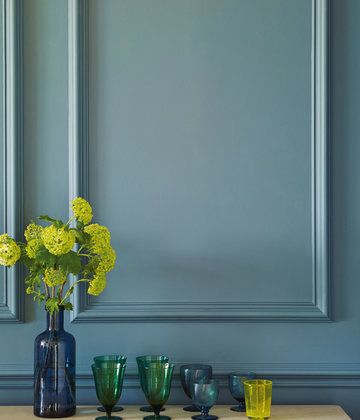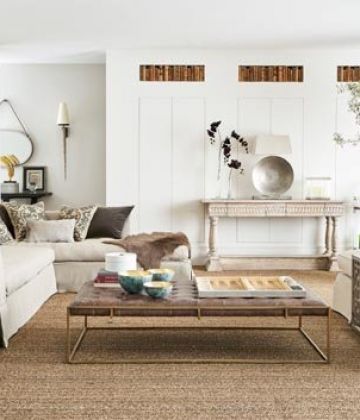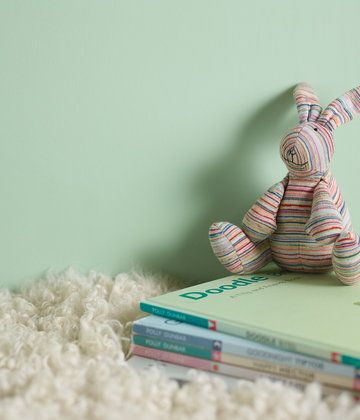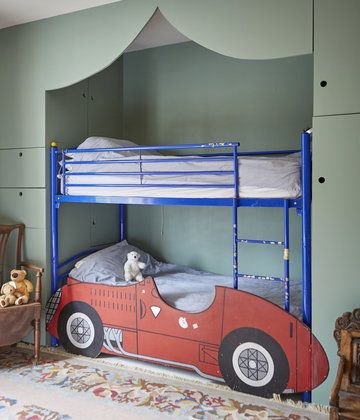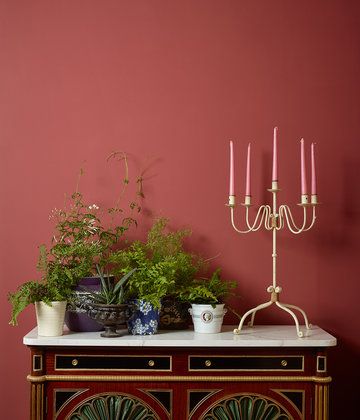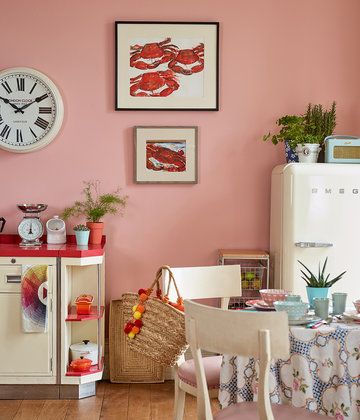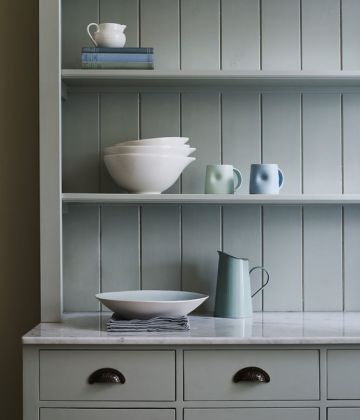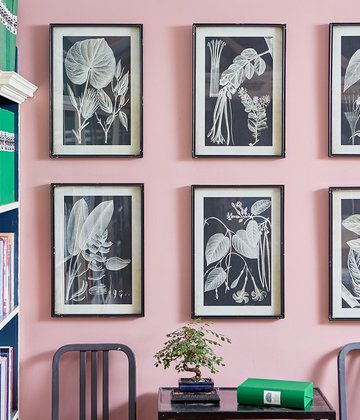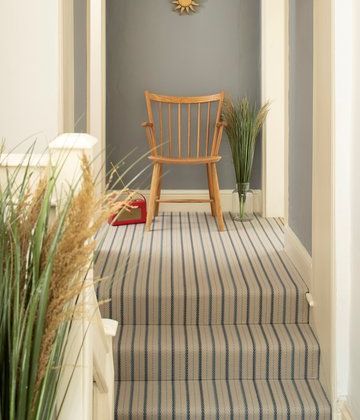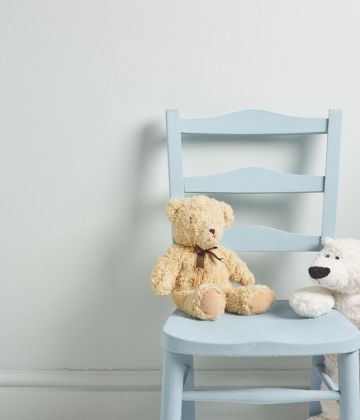Edward Bulmer, Interior Designer


Edward Bulmer is an interior architect, colour designer and pioneer in the harmonious use of natural colours. A leading British architectural historian, he specialises in the restoration and decoration of historic buildings. His passions are art, architecture and ecology. He is fortunate to be able to pursue his passions at work. He founded the company Natural Paints and with his range of natural paints he aims to reform the conventional paint industry. As one of the early pioneers, he is today speaking of sustainable alternatives.
AURO is pleased about the cooperation with Edward Bulmer. He developed the special AURO colour card Designer's Collection, carefully selected. 96 of the finest COLOURS FOR LIFE shades have been carefully selected and compiled for AURO customers to significantly enrich both living and working spaces.
AURO in interview with Edward Bulmer
-
What counts in interior design? Is it your artistic talent and passion for your work?
Successful interior design is about achieving harmony and balance. This comes from using complimentary colours in roughly equal weight. This can be done with the colours you choose to paint with as well as your palette of natural materials and furnishings.
-
What do you start with first with when you design a room and what do you want to achieve?
Always start by considering what you already have, for instance, a wooden floor. It will have a tonality that calls for particular hues and will establish your palette even when you are selecting shaded whites.
-
What was your approach when starting the selection of these 96 shades for the Designers Collection colour card? What makes the 96 shades special/stand out? Why have you chosen these 96 colours shades?
Colours for Life offers a comprehensive range of over 800 colours, but this can be overwhelming, so I have filtered it down to a good range of everyday colours that will work well in many types of building. They are the sort of tones that will establish a good backdrop to all sorts of furnishings and lifestyles.
-
Which colours can be combined particularly well in the colour card and what is the flavour of the month currently?
There are a few rules for combining colour but not many. The most important, for balance and harmony, is that when contrasting colours with each other, they complement because of their opposite relationship on the standard colour wheel. Green complements Red, Blue complements Orange and Purple complements Yellow.
-
Which colour tones can fit best to what areas of the home?
Choose neutral colours for connecting spaces like halls and corridors and then use more colour in the rooms you dwell in, but choose the intensity to suit your preferences and lifestyle.
-
Why do you use natural paints for your colour design?
My interior design work is all in precious historic buildings. It is imperative that the paint coating does not supress the building dynamics and the most important thing is breathability. Natural binders surpass modern petro-chemical paints with very impressive Sd values. These qualities and the careful selection of natural ingredients also mean that they do not contribute to poor air quality for my clients.
-
-
What is important to observe for the colour design in rooms? Which colour tones suit best to small rooms?
Daylight is an important part of interior design! If it is strong it will have a bright but cooling effect and so it is important to see colour samples in the room before confirming your selection. If the room will always be used with artificial light then, stronger tones can be very successful, even in small rooms.
-
-
-
What are typical mistakes customers can do when buying tinted paints?
It is a great mistake to buy colours from a computer screen or without trialling samples in the room. I usually use paint outs of sample colours on sheets that I cam review on the different walls and I would always judge them against a door fame or moulding, not in the middle of the wall.
-
You have been using your vast knowledge as an interior designer, architectural historian and colour artist in many beautiful historical building projects for more than 30 years now. How can the preservation of the old and the modern design in the interiors be brought together?
Man has been using paint for decorating for 40,000 years and some things never change. Paint is still made up of binder, pigment, (filler) and diluent. Traditional and natural ingredients have always offered the most appropriate materials for protecting buildings, health and the planet. These needs are both ancient and modern! Artists established a palette of pigments in the ancient period and they are still as useful today as then. Auro have developed these to improve on their characteristics, but they represent a cultural 'golden thread' which survives to this day in their hands, as they are the only major house paint maker still using only genuine earth and mineral pigments.
-
What are your favourite tips for interior design if a customer asks you?
If in doubt, use strong colours in fabrics or artwork and keep the wall colours softer and more muted.

